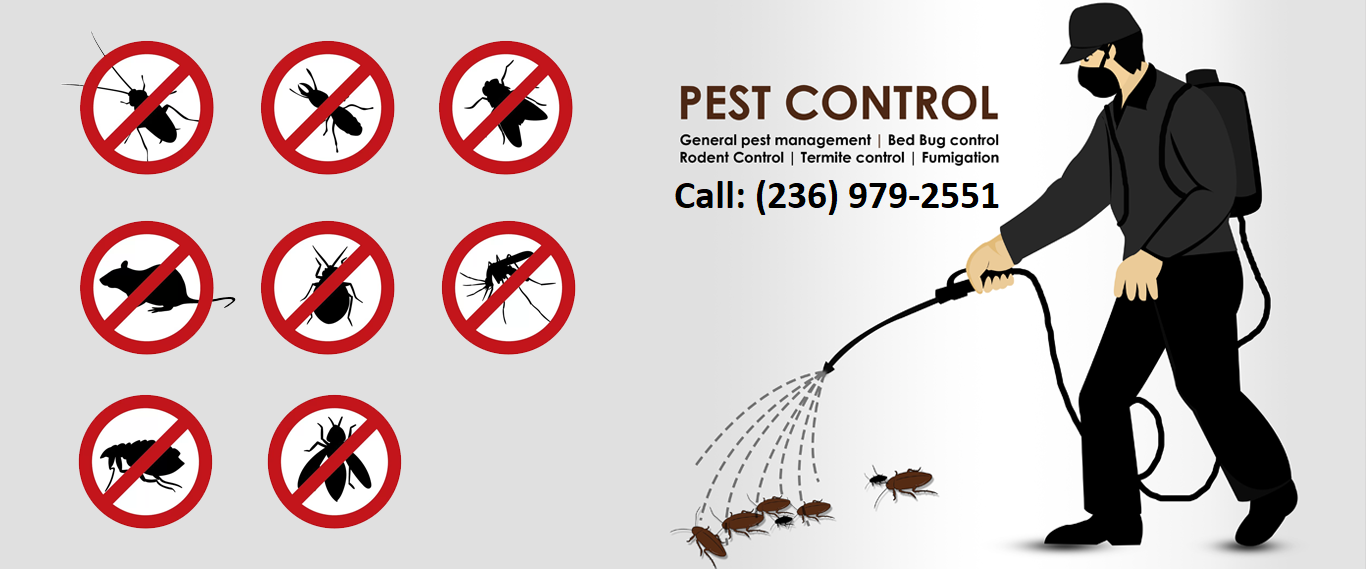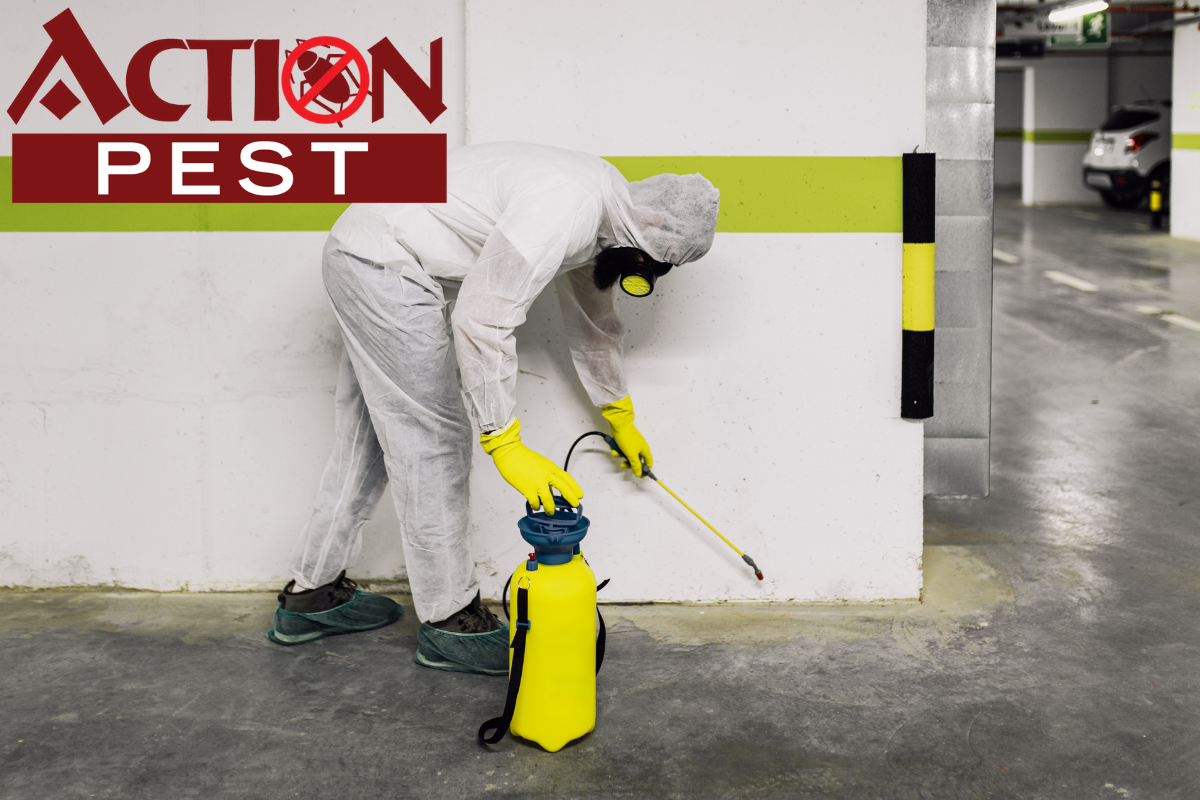

Fit a protective strip of galvanised steel along the edge nearest the floor to doors, while windows should be protected with a robust wire mesh. This can include rodent-proof containers, such as galvanised drums with tight-fitting lids. It therefore makes sense to protect the contents of a room by using some form of secondary protection. If a rodent can get its head through a gap, it can squeeze the rest of its body through as well. It is seldom possible to make a building 100% rodent-proof. Furthermore, if you have a clean, sanitised area, any infestation will become more evident at an early stage, and counter-measures can be put in place more quickly. With nowhere to hide, rats and mice are less likely to take up residence as they need the security of cover. Keep the floor clear of clutter such as old machinery and building materials – this provides cover and nesting areas. Start by creating a‘sterile’ strip around the grain store. It is even thought that rodents might contribute to the spread of foot-and-mouth disease. Although your farm may contain a limitless supply of food for these pests, you can control other conditions that prevent them from re-entering a sanitised area. These can include diseases such as leptospirosis, toxoplasmosis and salmonella.

Rats and mice are carriers of several diseases and parasites, some of which can be transmitted to livestock and humans. A single rat can produce 6l of urine a year and pump out 15 000 droppings, while a mouse produces 1l and 30 000 droppings a year. One should also factor in contamination by fur, droppings and urine. Consider the number of rats around, the rate at which they multiply, and the number of days in which produce such as grain is stored, and it’s obvious how quickly losses can accumulate. Assuming that the average rat weighs 250g, that’s 25g of food every day. A single rat is capable of consuming up to 10% of its body weight in food each day.


 0 kommentar(er)
0 kommentar(er)
